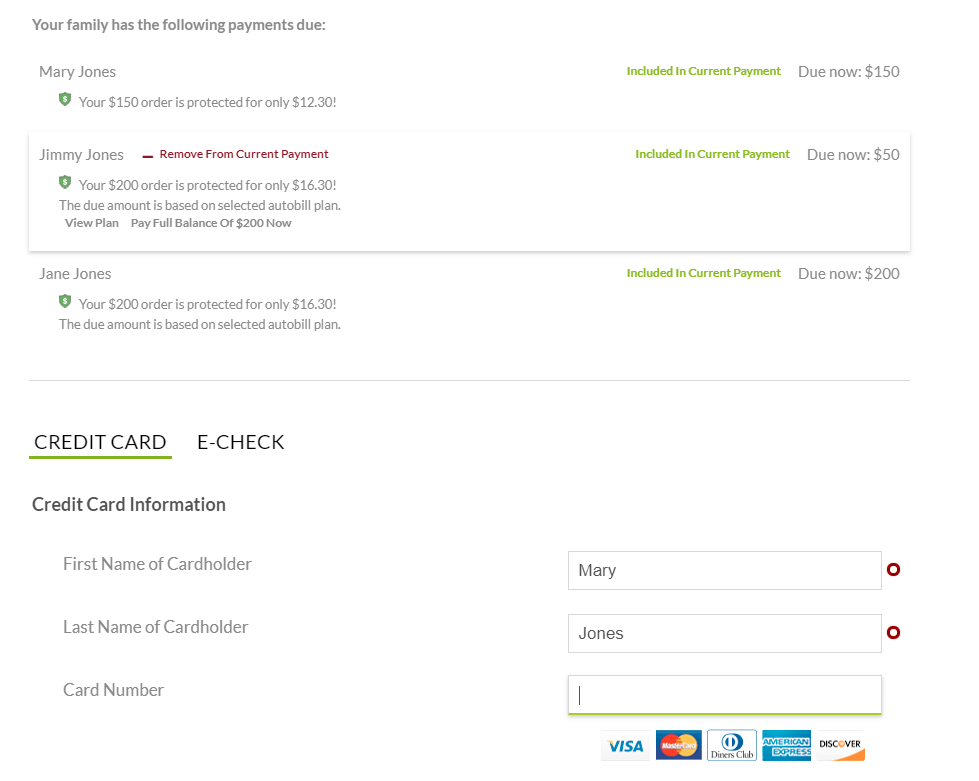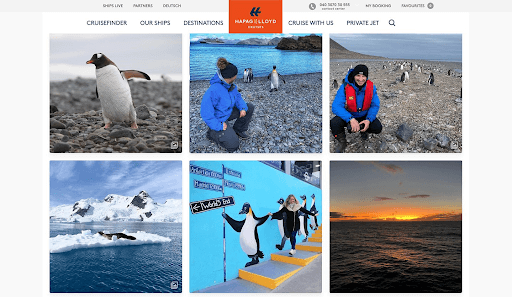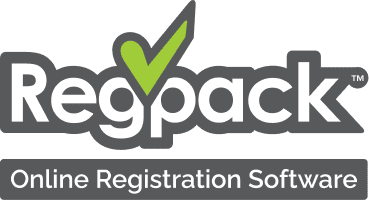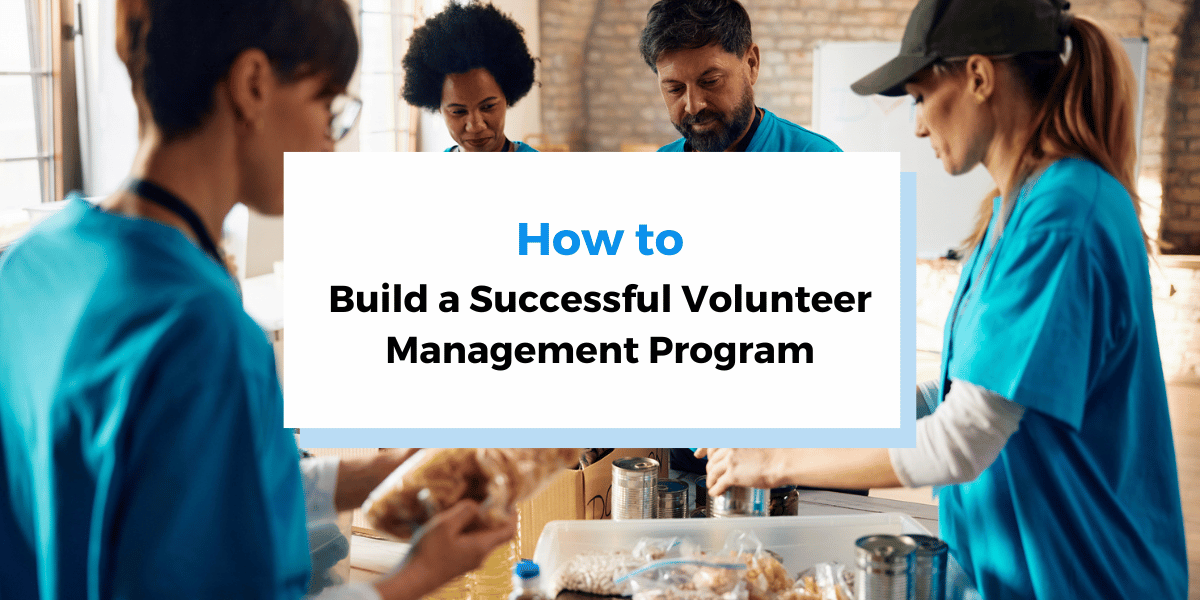As an event planner, low attendance is your worst nightmare.
You’ve spent months of your life, thousands of dollars, and countless hours setting up the best event in company history. But the day comes, and the event attendance is less than half of what you’d planned for.
The seats are empty—and the vibe is lethargic at best.
It doesn’t matter how well-planned your event is; if you don’t understand how to get people to show up, it will all be for nothing.
That’s why in this post, we’ll cover the 13 essential steps to boosting attendance at your next event.
We’ll cover everything from planning it the right way, through marketing it and incentivizing signups, to running a successful and engaging event that will be the talk of your industry for years to come.
Common Reasons for Low Event Attendance
Guests may not show up to your event for all sorts of reasons. People miss flights, have childcare problems, and get sick all the time. Event marketing can be sub-par, or scheduling conflicts arise between two competing events.
On the other hand, people may show up, but your event experiences problems that cause a mass exodus.
Your microphones or speakers may glitch, the wifi may go out, or the presentation on the big screen may not play. The check-in process might go haywire and cause ridiculously long wait times to even get into the event.
Or if your event is outdoors, it might rain and ruin your plans.
Despite the number of things that can cause low event attendance, there are a few strategies you can enact to have the best chance of seeing high numbers at your next event.
They all come down to planning, marketing, and making your event as unique and engaging as possible.
Let’s look at them in more detail.
1. Understand Why Your Audience Wants to Attend in the First Place
Why does your audience even want to be there? According to the International Association of Exhibitions and Events:
– 92% attend to learn something
– 78% show up because the location is appealing
– 76% take part to find networking opportunities
Provide draws that will meet those needs.
Do you have breakout sessions or social mixers that will give your attendees plenty of opportunities to mingle and network?
What about your guest speaker or educational sessions—will they give your audience that rich learning experience they crave?
As for your location, be sure to capitalize on what makes it a great place to hold an event.

Focus on your event objectives and the key results you’re aiming for. What values are you promoting—and what kinds of audience members would resonate with that message?
Imagine this nightmare scenario: you plan an amazing event designed to lead decision-makers at local businesses to purchase your product. On the day itself, your event is well-attended, and you’re sure you’re about to break all your company’s sales records.
But nothing comes of it.
You realize that your audience was made up almost entirely of retirees and college students—no one in a position to buy what you’re selling.
Understanding your target audience helps you define a plan for the event that matches their motivations.
Use real data from past events, surveys, and interviews to determine a customer persona.
Don’t forget to ask people in other departments within your organization for input, such as sales or customer service, to get a complete picture.
What traits such as age, income level, education, and location does this target attendee have?
Let the information you gather dictate how you market, brand, and design your event.
2. Offer Incentives for Early Registrations or Arrivals
Offering early registration discounts or early arrival perks might help boost event attendance. In fact, 64% of event planners claim early bird discounts are their most successful promotional tactic.
Consider offering a tiered discount system, with incentives such as:
– Free VIP upgrades
– Discounts for the first 100 registrants or people who share your event on social media
– Perks like front-row seating at the keynote presentation
– Group discounts or referral programs such as BOGO (buy one get one) promotions on tickets
Offering incentives shows your audience that you aren’t taking them for granted and that you value their participation.
Also, people are always excited to get prizes or discounts, so you’ll grab their attention (at least for a little while).
Your job after that is to keep that attention.
Related: How to Get More People Registering for Your Events
3. Donate Tickets or Organize Social Media Giveaways
It may seem counterintuitive, but sometimes giving away free tickets is better than trying to sell every last one.
Unless your show or event is in extremely high demand, the odds are good that you’ll have at least a few un-purchased tickets.
Those empty seats are going to be noticeable to the audience, if only subconsciously.
Giving away tickets can have tangible benefits, too.
The more people you have in your audience, the more likely you are to sell extra offerings like concessions. If you’re promoting a new service or product, that means more eyes and potential future customers.
Try the following tactics:
– Social media giveaways—Run a promotion for the first group of followers to like or share your event on social media. Use an online design tool like Placeit to create compelling social media posts to thrive the right audience to your event.
– Donate a few tickets to silent auctions—Many organizations such as churches, schools, and charities look for items to auction off at their fundraisers. Giving a few tickets to an auction guarantees free advertising for you.
– Give tickets to students—Bolster your reputation by supporting the arts or local schools. Is your event a performance? Give away tickets to the local theater group. Is it an industry event? Offer free passes to enthusiastic business school students.
– Ticket giveaways on your email list—Use free tickets as an incentive to open your promotional emails. Mention the giveaway in your subject line for better open rates and engagement. Even better, tie the giveaway entry to sharing the event on social media for a little free advertising.
– Radio giveaways—Commuters build a relationship of trust with their favorite radio DJ, so hearing about an event from that DJ’s lips will make them more likely to believe the event is worthwhile.
In each case, giving away free tickets generates good publicity for you and your event.
4. Send Personal Invites
While generalized marketing campaigns, advertisements, and social media promotions have their place, there’s no match for personalized invitation templates sent directly to your potential attendee’s email addresses.
To generate the best response, be sure to send professional and engaging emails.
Start by segmenting your audience and sending customized emails based on demographic data.
The email needs to feel personalized and relevant to each recipient.
Be sure to insert the recipient’s name in the subject line or greeting (“A special invitation for you, Sally”). Whatever subject line you choose, it should catch the eye and get to the point.
The body of your message should be packed with information but short enough to read in just a minute or two.
Focus on the value your event will provide to attendees, and don’t forget to include a call to action (CTA).
An eye-catching graphic will also go a long way towards keeping your audience engaged—but make sure it’s responsive on mobile, like this example from Hubspot.
5. Join Event Discovery Sites
A decade ago, people Googled keywords to find relevant events near them. However, today’s internet users are turning to discovery sites that suggest events that may appeal to them.
To optimize your event discovery, make sure to:
– List your event on as many sites as possible, such as Facebook Events, Eventful, and Goldstar.
– Make it possible for visitors to register for your event without leaving the discovery site
– Encourage users to RSVP on Facebook, which will personalize recommendations and help make your event more visible
– Include your event’s location to increase the chances of getting curated on nearby users’ feeds
– Use a catchy and shareable hashtag
By using discovery sites, you raise awareness of your event in your target audience.
6. Keep Attendees Excited
It’s essential to get your attendees excited about the upcoming event—and keep them that way. Think about ways to hold your audience’s interest from the planning stages all the way through to the follow-up email after the event.
Here are some ideas.
Teasers and Sneak Peeks
Excite your prospective attendees with teaser emails hinting at more perks to come.
Build up the suspense and get them to eagerly anticipate additional information about your event as you reveal more details.

source: Stripo
Regularly release these teasers in the run-up to the event to build anticipation.
Content Marketing
Leading up to the event, release content relating to it. Announce specific details on your blog, such as:
– The date and time
– The location
– The event’s itinerary
– Guest speakers and their bios
– Some of the topics that will be covered at your event
Boost the number of eyes on your event by landing a few guest posts on other websites, as well.
Offer helpful articles to other blogs in your industry that you can link back to your upcoming event. Readers who may be interested in attending can click over to your landing page to learn more about your event.
Post on social media, too! Put your branded hashtag to use and post something every day leading up to the event.

You might include giveaways, audience polls, a countdown, a chat or webinar answering questions about the event, and promo videos.
At the Event
Be original! If your event feels like the same thing attendees have experienced a hundred times before, they’ll be far from excited.
Try to find a way to put a unique spin on your event. Incorporate a creative theme or flashy new technology (such as augmented/virtual reality or audience interaction tech).
7. Simplify the Registration
To avoid creating any barriers to entry, keep your registration process as simple as possible.
– Allow group registration: Let people register as a group, meaning one person can pay for others in their company (or family). Group discounts may also encourage a higher turnout.
– Accept multiple payment options: Make sure to allow credit cards, PayPal, and other secure forms of payment. Accept foreign banks and credit cards if some attendees might come from outside your country.

– Include automatic pricing: Software that automatically adjusts pricing based on early-bird discounts, or differentiated membership tiers keeps things simple. If you’re already sold out, offering automated waitlists can help people get on the guestlist if others drop out.
– Be mobile-friendly: Most guests checkout on their phones, so ensure your registration page looks great on mobile devices. If it doesn’t, design a separate mobile-friendly version of your landing and registration pages.
– Keep registration short and simple: Limit your registration pages to simple information like name, contact information, and billing info. Add a few preference questions at the end (such as disability accommodations, dietary preferences, or T-shirt size if you plan on giving them out) and leave it at that.
– Don’t send registrants away from your site: People are hesitant to provide payment info to an unfamiliar website, so choose registration software that integrates the process directly into your own site.
Your aim should be to keep things user-friendly and straightforward.
8. Get the Media to Cover Your Event
It’s important to promote your event with enough advanced notice to get the word out sufficiently.
A good rule of thumb is to start promoting the event at least 3-6 months ahead of the date.
The more the media can cover your event, the more people will know about it, meaning there will be a better chance of higher attendance.
Make a list of media outlets in your area and notify them of your upcoming event.
It’s helpful to write a press release or two so you can have some control over how your event information is presented.
Use email marketing to get the word out to your subscribers, too—and don’t forget to include links back to your event website and sharing buttons so they can get the word out to their own followers.
Don’t underestimate the power of organic word-of-mouth marketing.
According to Sprout Social, 75% of people are more likely to pay for an event ticket if they see it promoted on social media.
If you have sponsors or high-profile guests, ask them to promote the event on their own feeds.
9. Encourage Sharing of Your Event
The sharing shouldn’t stop when your event starts.
Set up Snapchat geofilters (augmented reality lenses that layer fun images or props over real life) or photo-op zones for your attendees to have fun and share on social media.
Do you have an unused corner in your event space?
Hang a dark backdrop and put out a few simple props with dedicated photo-friendly lighting, and you’ve got an easy Instagram-friendly activity for your guests.
Come up with a dedicated hashtag and print it on signs at the event to encourage any event-related social media posts to include it.
Make use of that hashtag by setting up a social media wall that streams a live feed of related posts at your event.

Social media wall example from Hapag-Lloyd Cruises.
You can also rent a hashtag printer, which automatically prints any photos posted to Twitter or Instagram with a certain hashtag.
Attendees can snap a group photo outside the lobby or a selfie at the bar—as long as they post the photo with the hashtag, they can go pick up the printed keepsake at your printer station.
10. Invest in Professional Photography
Your event is the perfect time to invest in high-quality photography, both for your guests’ sake and for the sake of your organization.
After all, when else do you have great lighting, interesting speakers, product reveals, and guests that are probably dressed more formally than usual (and hopefully in a festive mood)?
Those photos can be endlessly useful. You might:
– Include them in a press release or incorporate social media
– Send them to guests in a follow-up email reminding them of the fun they had
– Send them to people who didn’t attend (to show them what they missed)
– Use them in marketing campaigns and branding materials showing client/audience engagement.
Yes, photos are great—but do you need to hire a pro? Why not just send an intern with their smartphone to snap a few pics?
While this is an option if you’re short on funds, it’s best to invest in quality if you can afford it.
A professional photographer will know what to look for and how to get the best shots. They’ll have a good eye for lighting, framing the shots, and catching people at their best moments.
Professionals can also edit their photos to give you a more polished, high-quality result to use in your materials later.
11. Leverage the Power of Video
Video promotion can amplify event attendance by adding exponential value. Instead of boring slideshows, video can give your audience an immersive experience.
You can also livestream, which will give even more people the option to virtually attend your event.
It lets you give value to those who weren’t able to attend, which boosts your credibility and positive feelings towards your brand.

Livestreaming also makes your event contents more shareable, since everything is being recorded and streamed as it happens.
Consider streaming the following types of videos:
– Promo videos to drive excitement leading up to the event
– Interviews with members, volunteers, and staff
– Event updates and announcements
– Previews and sneak peeks of the location, entertainment, and event space
– Live Q&A sessions
Before and after the event, your video content can help attract attendees, enrich their experiences, and provide valuable content to share with others later.
12. Connect Speakers With Attendees
Without a doubt, the speaker lineup at your event will be one of the main factors incentivizing your audience’s attendance. Why not let that incentive work a little more in your favor?
Rather than simply having your guest speaker show up to give a talk, consider asking them to get more involved with attendees.
Invite them to stay for a Q&A panel before or after their presentation, where attendees can engage directly with the speaker.
Or perhaps your speaker would be willing to participate in a chat or online forum on your event app.
And what about during the speaking session itself? Consider providing tech for the speaker to run a live poll or ask for real-time audience feedback.
Anything that will help the attendees feel like they are personally interacting with and learning from the speaker will increase the impression they got the most bang for their buck.
You don’t want them passively ingesting a talk that they could just as easily look up on YouTube. To run a really impressive Q&A session, be sure to treat it like an intentional portion of the event, not an afterthought.
Encourage participants to ask concise, substantive questions and avoid rambling at all costs.
Plan for staff or moderators to navigate through the crowd with microphones to keep the proceedings running smoothly. You should also ensure a robust crowd control strategy is in place.
13. Make the City Part of the Event
Especially if many of your attendees are coming from a distance, part of the draw of your event is probably its location. Make the most of it!
Your city likely has many attractions to offer.
Consider posting a helpful list of things to do while in town to your email marketing campaign, social media feeds, and your event website.
Make a list of suggested museums, restaurants, and nightlife to visit while your attendees are in town.
Highlight the tourist attractions your town has to offer.
If your event is taking place at a fun or unique location (such as a local museum, vintage theater, or cultural center), take advantage of it!
For instance, discuss the venue’s exciting features as part of your promotional materials.
Increase Event Attendance With Regpack
Planning an event takes a great deal of time and effort—you don’t want to arrive at the day and find that your attendance is much lower than anticipated.
By making the effort to understand your audience’s motivations, offering incentives, and marketing your event on all the right channels to keep attendees excited, you’ll set your event up for success.
One of the most important factors in attendance is facilitating an easy registration process, which is why Regpack is here to support your event’s needs with automated billing and registration integration on your own website. Try a free demo today!



















